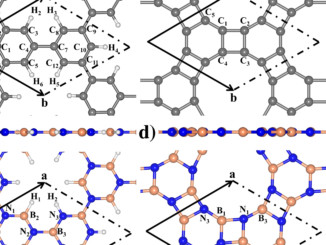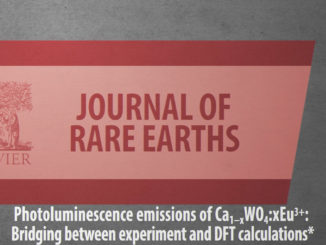
An experimental and theoretical approach on stability towards hydrolysis of triethyl phosphate and its effects on the microstructure of sol-gel-derived bioactive silicate glass
Abstract: The sol-gel method is versatile and one of the well-established synthetic approaches for preparing bioactive glass with improved microstructure. In a successful approach, alkoxide precursors undergo rapid hydrolysis, followed by immediate condensation leading to the formation of three-dimensional gels. On the other hand, a slow kinetics rate for hydrolysis of one or more alkoxide precursors generates a mismatch in the progression of the consecutive reactions of the sol-gel process, which makes it difficult to form homogeneous multicomponent glass products. The amorphous phase separation (APS) into the gel is thermodynamically unstable and tends to transform into a crystalline form during the calcination step of xerogel. In the present study, we report a combined experimental and theoretical method to investigate the stability towards hydrolysis of triethyl phosphate (TEP) and its effects on the mechanism leading to phase separation in 58S bioactive glass obtained via sol-gel route. A multitechnical approach for the experimental characterization combined with calculations of functional density theory (DFT) suggest that TEP should not undergo hydrolysis by water under acidic conditions during the formation of the sol or even in the gel phase. The activation energy barrier (ΔG‡) showed a height of about 20 kcal·mol−1 for the three stages of hydrolysis and the reaction rates calculated for each stage of TEP hydrolysis were kFHR = 7.0 × 10−3s−1, kSHR = 6.8 × 10−3s−1 and kTHR = 3.5 × 10−3s−1. These results show that TEP remains in the non-hydrolyzed form segregated within the xerogel matrix until its thermal decomposition in the calcination step, when P species preferentially associate with calcium ions (labile species) and other phosphate groups present nearby, forming crystalline domains of calcium pyrophosphates permeated by the silica-rich glass matrix. Together, our data expand the knowledge about the synthesis by the sol-gel method of bioactive glass and establishes a mechanism that explains the role played by the precursor source of phosphorus (TEP) in the phase separation, an event commonly observed for these biomaterials.
Author(s): Bueno, O.M.V.M.; Herrera, C.L.; Bertran, C.A.; San-Miguel, M.A.; Lopes, J.H.
Materials Science and Engineering: C
Published: January 2021, Volume 120,




